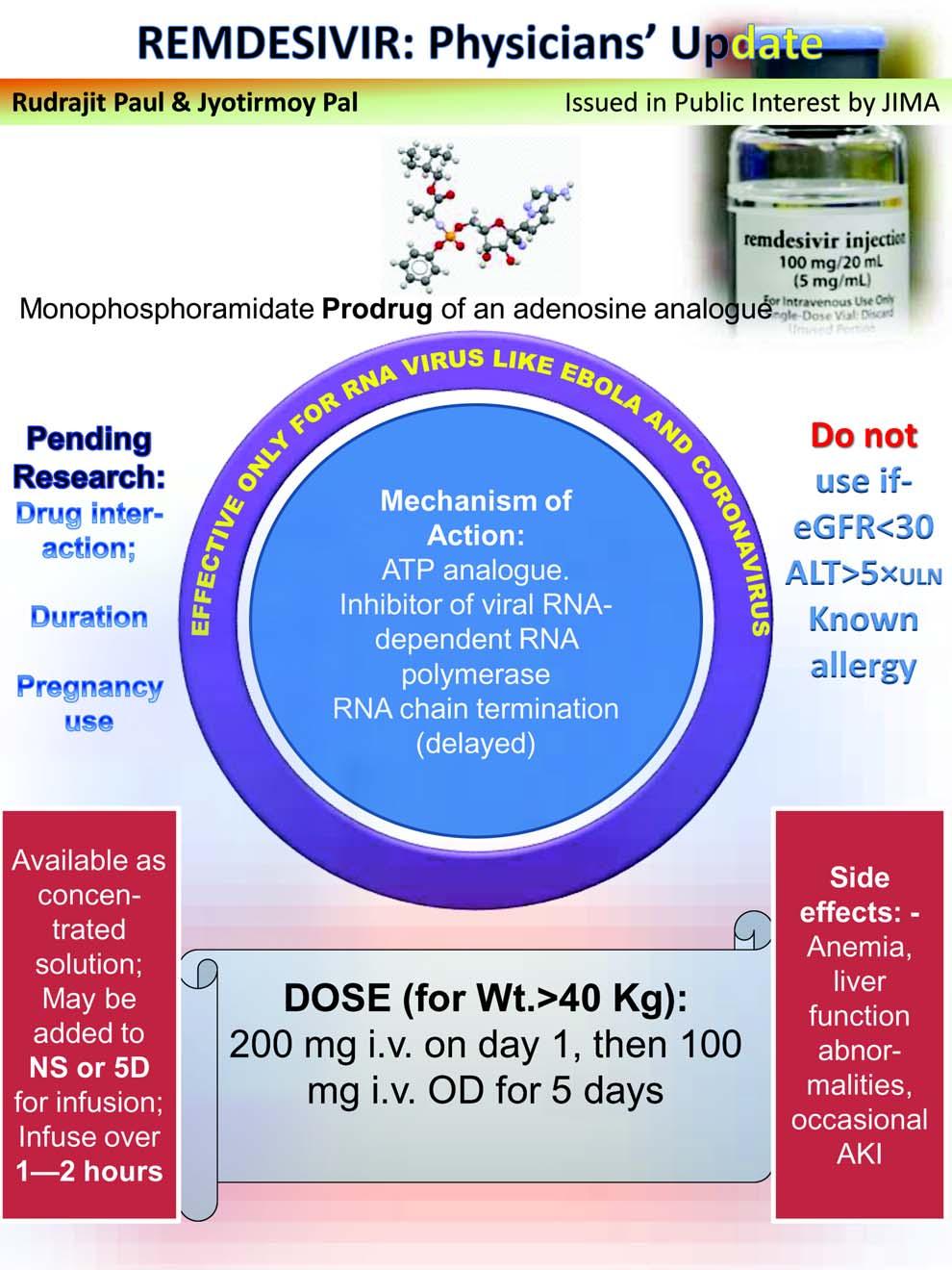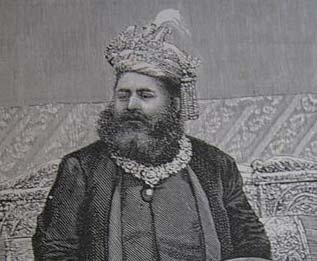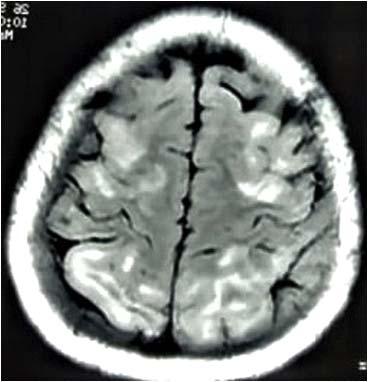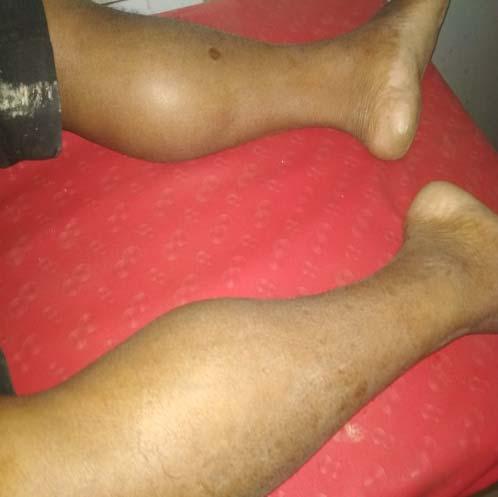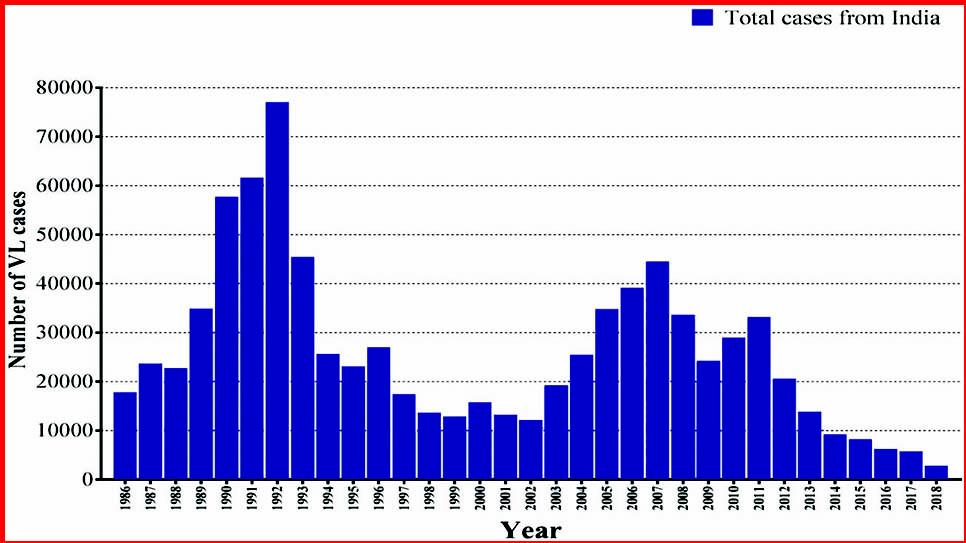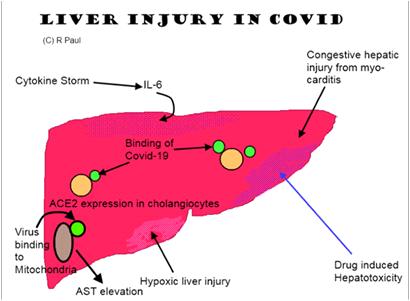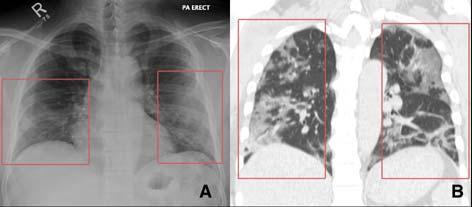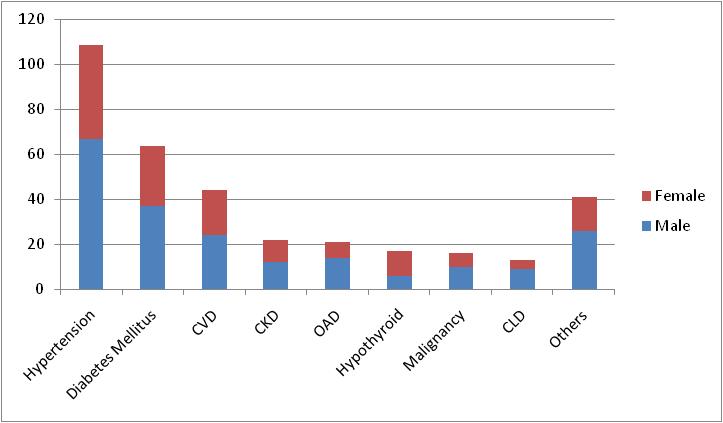JOURNAL OF THE INDIAN MEDICAL ASSOCIATION, VOL 118, NO 06, JUNE 2020
Original Article Frequency and Pattern of Primary Headache Disorders at a Tertiary Health Facility in Dhaka, Bangladesh Aminur Rahman1, Zahed Ali2, Manabendra Bhattacharjee3, Ranajit Sen Chowdhury4, Subash Kanti Dey5, Firoz Ahmed Quraishi6, Uttam Kumar Saha7 Background : Primary headaches are under diagnosed and undertreated, with a significant impact on personal life, social activities and work. Aim : To determine the frequency and pattern of primary headaches at a tertiary centre in Dhaka, Bangladesh. Methods : This study was a hospital based cross-sectional descriptive study and conducted at outpatient department (OPD) of neurology in Sir Salimullah Medical College & Mitford Hospital (MH) for duration of one year. A total of 1825 patients were attended to the OPD, of which 551 were diagnosed as primary headache by neurologists were enrolled in this study. Types of primary headache were diagnosed by residents and neurologists according to the criteria of the International Headache Society (2013). Results : The participants comprised 122 males were 22.1% and 429 females 77.9%. The mean age was 34.78±7.34 years. The overall headache was 30.19% with female predominance (p=0.947). The most common pattern of headache distribution of the study population are migraine (64.4%), then tension-type headache (TTH) (23.4%), chronic daily headache (CDH) (7.6%) and cluster headache (0.6%). Female patients (84.4%) are more suffer in migraine than male (15.6%). In case of TTH female patients (66.7%) are more suffer than male (59.1%). In case of CDH male (60.1%) are more suffering than female (39.9%). In case of cluster male patients (66.7%) are more suffer than Female (33.7%) (p<0.001). The migraine, CDH, and cluster headache are common in age group 30-39 yrs whereas TTH is common in age group 40-49 years (p<0.001). The mean age of onset of migraine was 34.24±7.09 years.TTH was 36.20±7.58 years, CDH was 36.59±8.63 years and cluster headache was 33.91±7.48 years. Conclusions : The primary headache was common in female among working population, predominantly migraine and tension-type headache. [J Indian Med Assoc 2020; 118(6): 20-5]
Key words : Primary headache, Migraine, Tension-type headache, Chronic Daily Headache, Cluster headache.
H
eadaches are the most prevalent neurological disorders and among the most frequent symptoms seen in daily practice1. 50% of the general population
Editor's Comment :
Department of Neurology, Sir Salimullah Medical College, Dhaka 1100, Bangladesh 1 MBBS, FCPS (Medicine), MD(Neurology), MACP(USA), MAAN(USA), FINR(Switzerland), Assistant Professor and Corresponding Author 2 MBBS, FCPS (Medicine), MD (Neurology), Professor 3 MBBS, MD(Neurology), Associate Professor, Department of Neurology, Mymensingh Medical College, Mymensingh 2200 4 MBBS, FCPS (Medicine), Associate Professor, Department of Medicine, Sir Salimullah Medical College, Dhaka 1100 5 MBBS, MD (Neurology), Associate Professor, Department of Neurology, Bangabandhu Sheikh Mujib Medical University, Dhaka 1000 6 MBBS, FCPS (Medicine), MD (Neurology), Professor, Department of Neurology, Anwar Khan Modern Medical College, Dhaka 1205 7 MBBS, MCPD(Medicine), MD(Neurology), Professor, Department of Neurology, National Institute of Neurosciences & Hospital, Dhaka Received on : 23/04/2020 Accepted on : 10/06/2020
Primary headaches which are underdiagnosed and undertreated cause significant work inefficiency, quality of life, and lost workdays. The primary headache was common in female than man among working population in between 30-39 years. The most common pattern of primary headache distribution is migraine, then tension-type headache.
have headache during any given year, and more than 90% report a lifetime history of headache2. It is estimated that 95% of men and 99% of women will have at least one episode throughout their life, provided that about 40% have it quite regularly3. Primary headache disorders constitute the vast majority of headache disorders, with migraine and tension type headache (TTH) being the most prevalent. Primary headaches cause significant disability with reduced efficiency, quality of life, and lost workdays4-6. The global prevalence among adults 20

